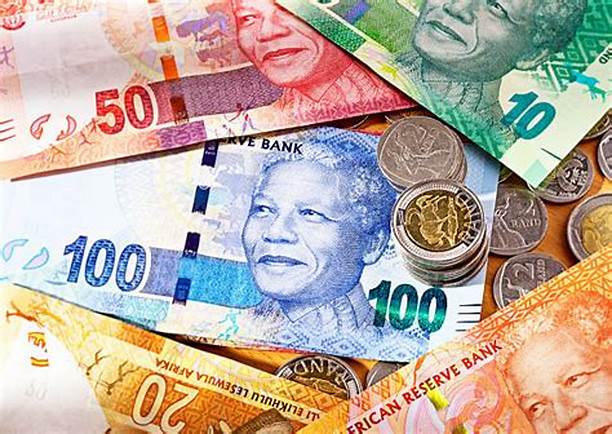The relationship between two currencies keeps on changing and it is important to stay informed about it. The South African rand (ZAR) and the United States dollar (USD) have always had a history of complex interaction. Currency markets are not straight forward but it is influenced by numerous factors. It is influenced by interest rates, inflation, world events, and investor sentiment. The exchange rate as of April 25, 2025, is USD 1 = R18.85 ZAR. The exchange rate culminates decades of economic transformation, policy change, and market forces.
Five-Year Outlook: How the Exchange Has Changed
The rand’s performance has shown good growth in comparison to the dollar during April 25, 2020, and April 25, 2025. Historically, the South African rand couldn’t grow much because of different economic factors. They have faced economic problems like inflation, power crises, and political unrest have weakened the ZAR. However, the U.S. dollar has gained strength due to higher interest rates and solid GDP performance.
The Current Rate: What It Means
Today, 1,000 USD equals R18,849.80 ZAR. The value is marginally higher than one week ago. It has seen a 0.076% appreciation over the past week. The highest 24-hour high was on April 25, 2025, with a 0.436% value appreciation — driven by renewed optimism among investors for U.S. bonds.
Weekly Fluctuations in the Spotlight
Between April 23 and April 25, the USD/ZAR rate fluctuated between R18.517 and R18.906. Such micro-trends indicate the day-by-day changes through local news, global risk sentiment, and monetary policy actions.
A mere 1.062% daily movement, as seen this week, can influence individuals who remit money or companies that settle foreign bills. That’s why monitoring such movements has become crucial.
U.S. Perspective: Why Exchange Rates Matter
The weakening of the rand is bad and good news for the United States. The dollar strengthens U.S. companies that buy South African goods to import, and they are less expensive. Consumers also save money when going on vacation in South Africa.
It is estimated that South African importers may struggle. It is because their products will become more expensive for consumers to purchase. That tends to reduce demand and impact revenue.
South African Economy Under Pressure
The rand is showing a declining trend. And, this trend reflects underlying economic challenges in South Africa. South Africa is facing high unemployment. Load shedding and power shortages hinder business efficiency. These are internal issues that discourage international investors. It results in capital outflows that further weaken the rand.
A depreciated rand also makes imports more expensive. And, this is likely to drive inflation even higher, something South African consumers already grapple with.
A Glimpse of Exchange Rates Across the World
Compared to other major currencies as of April 25, 2025:
- 1 USD = 1.35 CAD
- 1 USD = 0.93 EUR
- 1 USD = 152.3 JPY
- 1 USD = 83.7 INR
The ZAR is still one of the more volatile of the emerging market currencies. While the consistent performance of the Canadian dollar or the euro, the rand sees more drastic swings over the short term.
What Affects the ZAR?
The rand is a “high-beta” currency. It is quite sensitive to overseas news. For example, when the U.S. Federal Reserve increases interest rates, investors take money out of developing economies like South Africa and put it into safer U.S. assets, strengthening the dollar and weakening the rand.
Prices for commodities also have an effect. South Africa produces much of its gold and platinum. If the prices of these decrease, the value of the ZAR goes down.
Looking Ahead: What’s Next for USD/ZAR?
Economists believe the dollar can continue to hold up through mid-2025, depending on U.S. inflation and interest rate patterns. If South Africa’s economic conditions improve then we can see further growth of the rand. This can be done by reducing energy blackouts or controlling inflation and then the rand could regain strength.
But global investors remain cautious. Any sign of South African instability such as political, economic, or environmental would cause further weakening.
Final Thought: Stay Informed and Plan Ahead
As a U.S. company operating in South Africa, an investor, or a traveler, staying informed about the USD to ZAR trend is crucial. Live updates, live tools, and mid-market rate apps keep you ahead.
Today, $1 will buy you approximately R18.85. Tomorrow, that might change which is why it’s essential to know what drives those changes. It’s not just a story of numbers but it’s two economies and the impact they have on international trade, and your finances. All in all, stay informed because a minute change in Rand vs. Dollar rates might affect your business.








